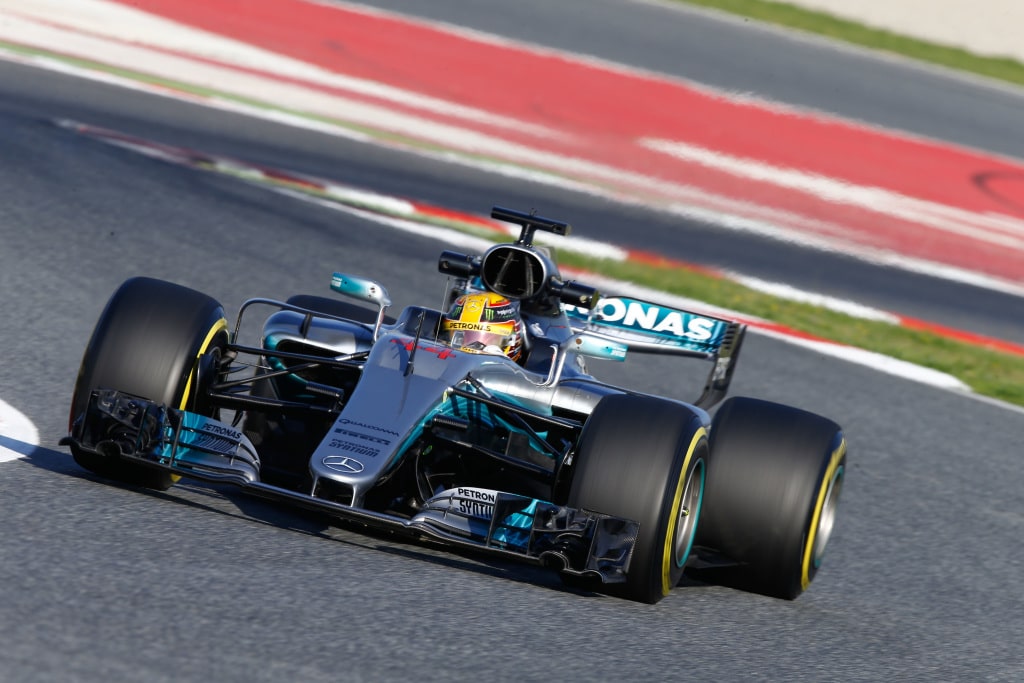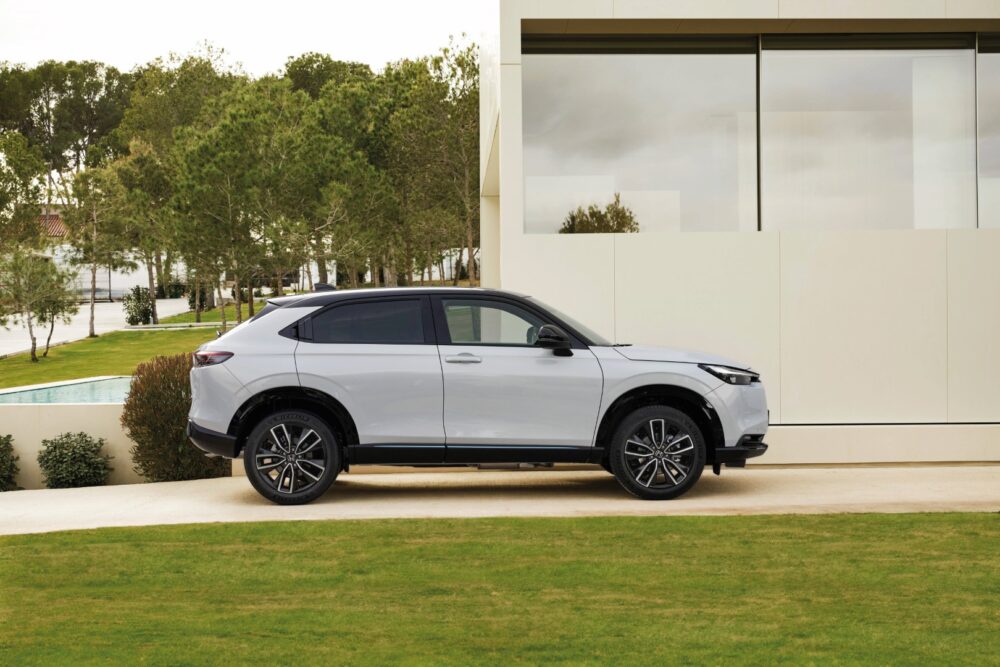Formula 1: Pirelli is broadly positioned
FORMULA 1 On the GP circuit in Barcelona, the Formula 1 teams began their testing work on Monday with a view to the start of the World Championship on March 26 in Australia. Almost everything revolves around the new generation of tires from Pirelli. The new generation of cars has primarily to do with tire development. At Pirelli, the sole supplier in [...] since 2011.

The new generation of vehicles has primarily to do with tire development. Pirelli, which has been the sole supplier in Formula 1 since 2011, is talking about a revolution. The significantly wider tires compared to 2016 are one of several measures to make the GP cars more attractive and faster. Depending on the track, a time gain of two to six seconds is expected. On the first day of testing in Barcelona, Lewis Hamilton already beat his best time from last year's qualifying session by two and a half tenths, even though it was not yet a question of best times at all.
The slicks in five different compounds ranging from ultrasoft (purple) to hard (orange) have dimensions of 305/670-13 on the front axle and 405/670-13 on the rear. The diameter of the intermediates for wet asphalt without water puddles (green) is 675 mm, while the diameter of the pure rain tires is 680 mm. The rain tire displaces around 65 liters of water per second at top speed, compared with 60 liters last year.
The new rollers are accompanied by larger wings and improved aerodynamics. All this results in up to 20 percent higher downforce. The approximately 25% higher lateral acceleration in the corners means that the drivers are physically more challenged. "I really put my fitness to the test today. These test days are like training. The G-forces are definitely higher," confirmed Hamilton after the first day of testing.
A completely new philosophy
Because the increased cornering speeds also lead to higher loads on the tires, Pirelli developed a completely new philosophy. In the recent past, they followed the F1 officials' requirement to supply tires whose performance drops off after a certain number of laps to the point where a pit stop becomes necessary. The tires must last longer and cars must be more resistant to heat damage. Therefore, Pirelli designed completely new compounds and a new tire structure. There will probably be more races in 2017 where teams opt for a one-stop strategy.
As no current car was available for this development, Pirelli had to rely on data simulations and modified 2015 models from Ferrari, Mercedes and Red Bull. Around 12,000 test kilometers were covered on 24 test days at five race tracks.

How the new regulations will play out in practice will not yet be seen in the preseason tests. Especially since it's cooler in Barcelona than at some upcoming tracks. For this reason, all teams will receive identical tire quotas for the first five races of the year. In case the new cars behave differently than expected, Pirelli has prepared a replacement range similar to the 2016 range. If necessary, it can be used at any time during the season.
Read more about the upcoming Formula 1 season in the March issue of AutoSprintCH.









